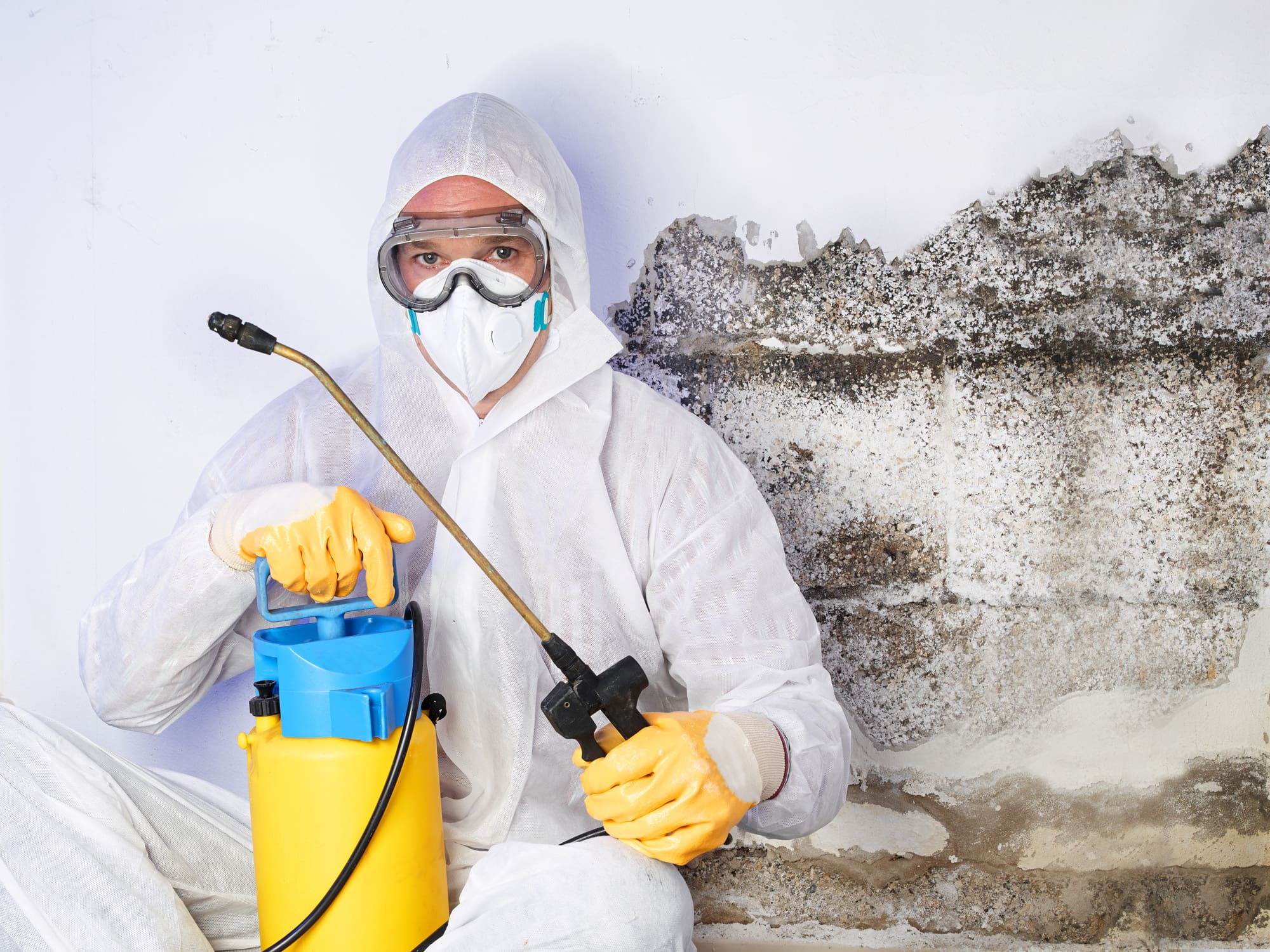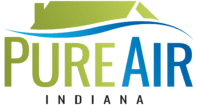Effective Mold Remediation Steps and Safety Tips For Homeowners
Mold remediation involves several steps to remove mold and prevent it from returning. First, professionals assess the mold type, growth extent, and moisture source, then seal the area to stop spores from spreading. They remove and dispose of affected materials like drywall, insulation, and carpet. The remaining surfaces are cleaned with special solutions, and dehumidifiers and air movers are used to dry everything. HEPA air filters help remove mold spores from the air. After the cleanup, professionals test the area to make sure it's safe.
Staying in your home during mold removal is usually not recommended. This is especially true if the mold is widespread or you have breathing issues. Mold spores can become airborne and cause health problems. Factors to consider include the extent of mold growth, your health, and the mold type. Always consult a mold remediation expert to decide the safest action for your situation. They can advise if it's safe to stay in your home and suggest necessary precautions.
Steps Involved in Mold Remediation
Mold remediation involves several important steps to get rid of mold and make your home safe again. First, professionals come in to provide mold remediation services to your home in mold remediation Indiana. They inspect the mold to see how bad it is and where it's coming from. Then, they seal off the area to keep the mold from spreading to other parts of your house. After that, they remove any materials that have too much mold on them, like drywall or carpet.
Next, they clean all the surfaces to make sure no mold is left behind. They also use special equipment, like dehumidifiers, to dry everything out. Once they're done, they test the air to make sure it's safe to breathe again. These steps are important for making sure your home stays mold-free.
How Professionals Assess Mold in Your Home
When mold removal company professionals come to your house, they check for mold to understand how bad it is. They look at where the mold is and how much there is. These pros, like those from mold cleaning services Indiana, use special tools to inspect the mold. They might use flashlights or cameras to see hidden spots.
They also check for any leaks or water damage that might be causing the mold. This helps them figure out the best way to get rid of it. Sometimes they might take samples of the mold to test it. This helps them know exactly what kind of mold it is and how to clean it up. Assessing the mold is the first step to making your home mold-free again.
Related: How To Test Your House For Mold?
Sealing Off Affected Areas to Prevent Mold Spread
When dealing with mold, it's important to stop it from spreading to other parts of your home. Mold removal Indiana professionals do this by sealing off the areas with mold. They use plastic sheets or tape to cover doorways and vents. This helps keep the mold spores contained so they can't float around and land somewhere else.
Sealing off the affected areas also protects you and your family from breathing in mold spores. It's like putting up a barrier to keep the mold in one place while they work to get rid of it. This step is crucial for making sure the mold doesn't get worse and cause more damage to your home. So, sealing off the affected areas is an important part of the mold removal process.
Removing Mold-Infested Materials
During mold remediation Indiana, experts often need to remove materials that have too much mold on them. These materials could include things like drywall, insulation, or carpet. Mold remediation service professionals take out these items to get rid of the mold. They do this because cleaning might not be enough to completely remove the mold. By removing the infested materials, they make sure that the mold won't come back.
It's like taking out the bad parts to make sure the whole house stays healthy. Once they've removed the moldy materials, they dispose of them. This helps prevent the mold from spreading to other areas of your home. Removing mold-infested materials is an important step in making sure your home is mold-free and safe to live in again.
Related: What Do Professionals Use For Mold Remediation?
Cleaning Surfaces to Eliminate Mold
When it comes to mold remediation Indiana, one crucial step is cleaning surfaces to get rid of mold. Mold cleaning services Indiana professionals use special solutions to clean the affected areas. They scrub surfaces like walls, floors, and countertops to remove any mold they find. This cleaning process helps eliminate mold spores that might be hiding in cracks or crevices. By cleaning every surface, they ensure that no mold is left behind.
It's like giving your house a thorough scrub to make sure it's squeaky clean. After cleaning, they use equipment like dehumidifiers to dry out the area. This helps prevent mold from coming back. Cleaning surfaces to eliminate mold is essential for making your home a safe and healthy place to live again. So, when dealing with mold, thorough cleaning is key to getting rid of it for good.

Drying Out Your Home to Prevent Mold Regrowth
After mold remediation in Indiana by a pro mold removal company, you must dry out your home. This prevents more mold. This step is crucial because mold thrives in damp environments. Professionals use equipment like dehumidifiers and air movers to dry everything. They focus on areas that were affected by mold to make sure there's no moisture left. It's like giving your home a big, dry hug to keep mold away.
By drying out your home, they make it harder for mold to grow back. This helps ensure that your home stays mold-free in the future. Drying out your home is an essential part of the mold remediation process. So, after cleaning up mold, don't forget to give your home a good dry to keep it healthy and safe.
Using HEPA Air Filters During Mold Remediation
During mold remediation Indiana and mold removal Indiana, professionals often use HEPA air filters to keep the air clean. HEPA filters are special because they can capture tiny mold spores that might be floating around. It's like having a super-powered vacuum cleaner for the air. These filters are placed throughout the affected areas to trap mold spores and prevent them from spreading. By using HEPA filters, professionals ensure that the air in your home stays fresh and safe to breathe.
It's like giving your home a breath of fresh air after dealing with mold. These filters are an essential part of the mold remediation process because they help remove mold spores from the air, making your home a healthier place to live. So, when it comes to mold remediation, don't forget about the power of HEPA air filters to keep your home clean and mold-free.
Testing for Safe Mold Levels Post-Remediation
After completing the mold remediation process, it's important to test for safe mold levels to ensure your home is healthy to live in. Professionals use special equipment to check the air quality and surfaces for any remaining mold. It's like giving your home a final check-up to make sure everything is okay. These tests help confirm that the mold has been removed and that your home is safe for you and your family.
If the tests show that mold levels are within safe limits, it means the remediation was successful. However, if there are still high levels of mold, further steps may be needed to address the issue. Testing for safe mold levels post-remediation is a crucial part of the process to ensure that your home is free from mold and safe to inhabit. So, don't skip this step to have peace of mind knowing that your home is mold-free.
Health Risks of Staying Home During Mold Removal
Staying home during mold removal can pose health risks, especially if you're not careful. When mold is disturbed during the removal process, it releases spores into the air. Breathing in these spores can lead to health issues like allergies, asthma, or respiratory problems. It's like inviting trouble into your home if you stay while the mold is being removed. That's why it's often recommended to leave the house until the professional mold testing is done.
If you have to stay, make sure to stay away from the affected areas and wear protective gear like masks. This can help reduce your risk of breathing in mold spores. It's like putting on armor to protect yourself from harm. Always prioritize your health and safety when removing mold. Consider staying elsewhere until the process is done. By taking precautions, you can minimize the health risks associated with staying home during mold removal.
Related: What Are Signs Of Mold Sickness?
Consulting Experts About Staying Home During Remediation
When it comes to staying home during remediation, consulting experts is crucial. Mold testing services professionals can assess the situation and advise you on the best course of action. They'll consider factors like the extent of mold growth, your health condition, and the type of mold present. It's like having a guide to help you navigate through a tricky situation. Based on their assessment, they'll recommend whether it's safe for you to stay home or if it's better to relocate.
This advice is invaluable for ensuring your safety and well-being. It's like having a trusted friend who looks out for your best interests. By consulting experts, you can make informed decisions about whether to stay home during remediation or not. Remember, your health and safety should always come first when dealing with mold. So, don't hesitate to seek guidance from professionals to ensure the best outcome for you and your family.
Related: What Is Mold Remediation And How To Remediate Mold?


